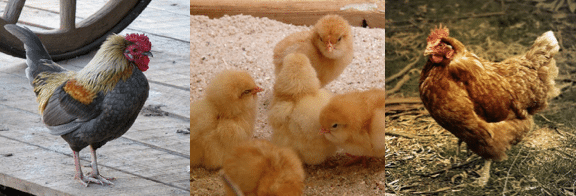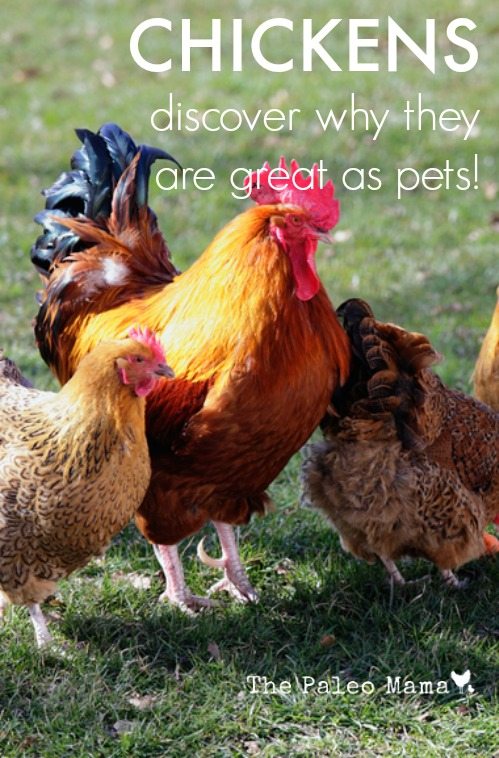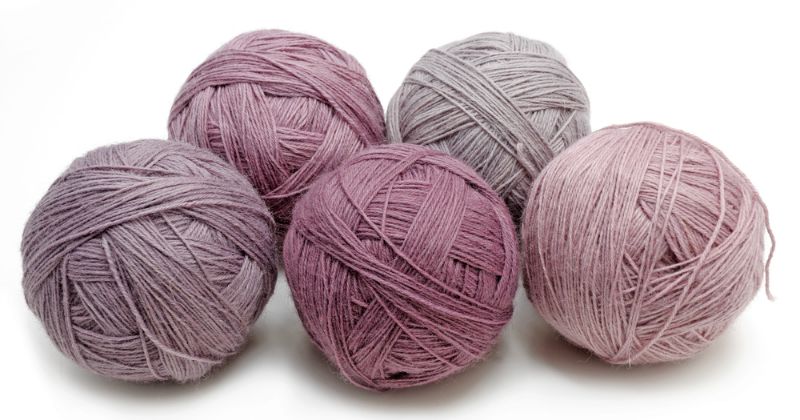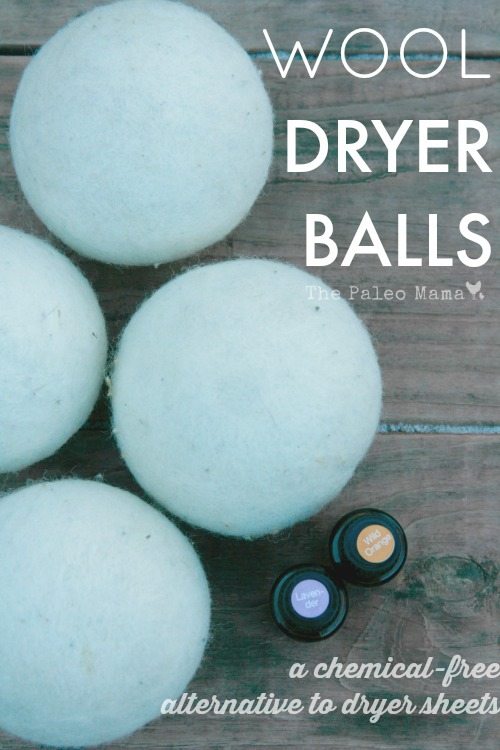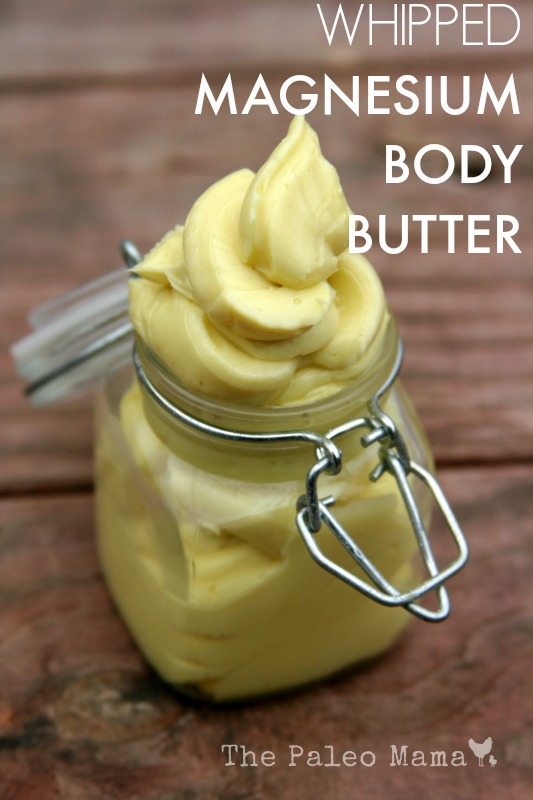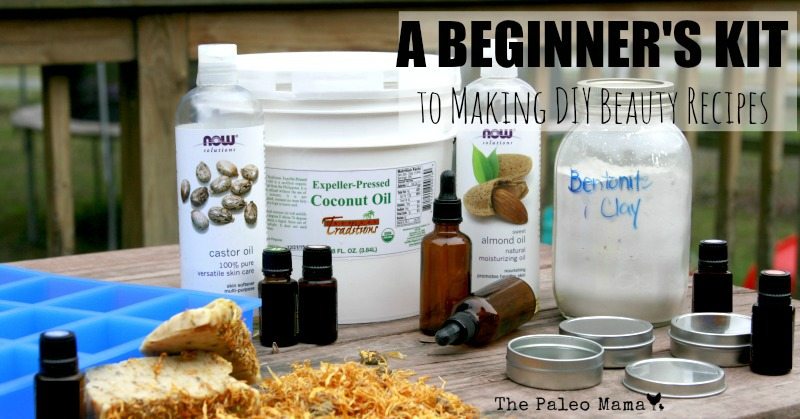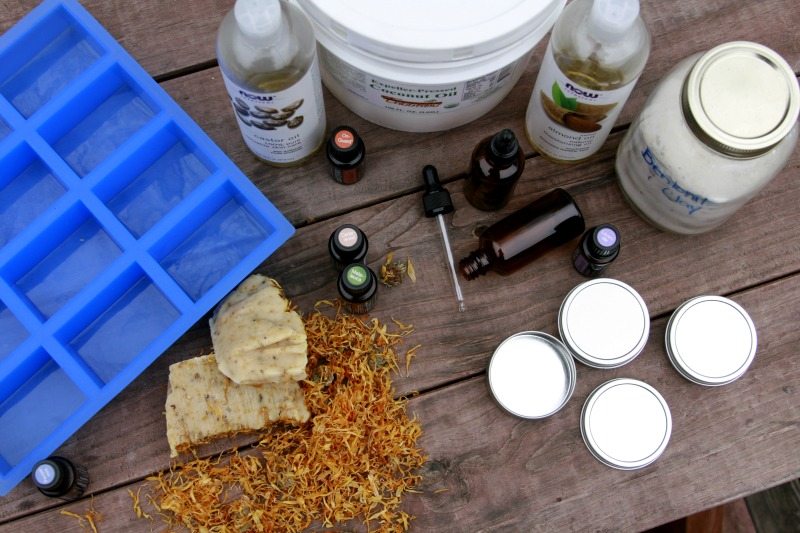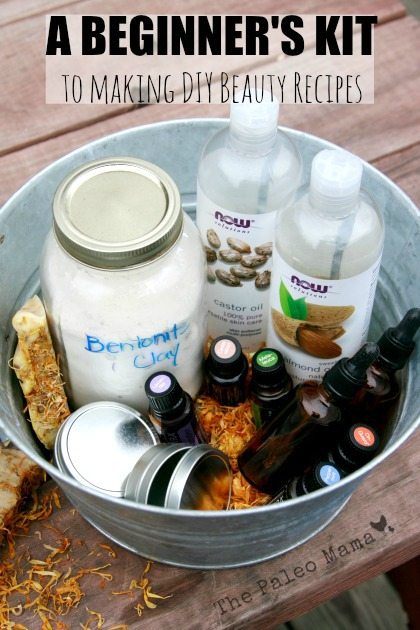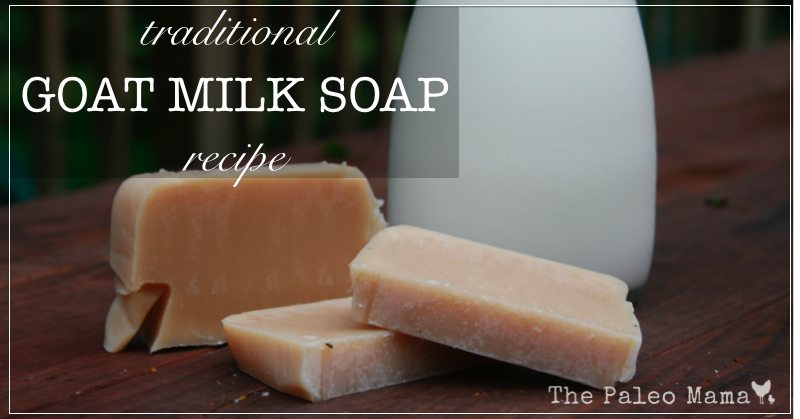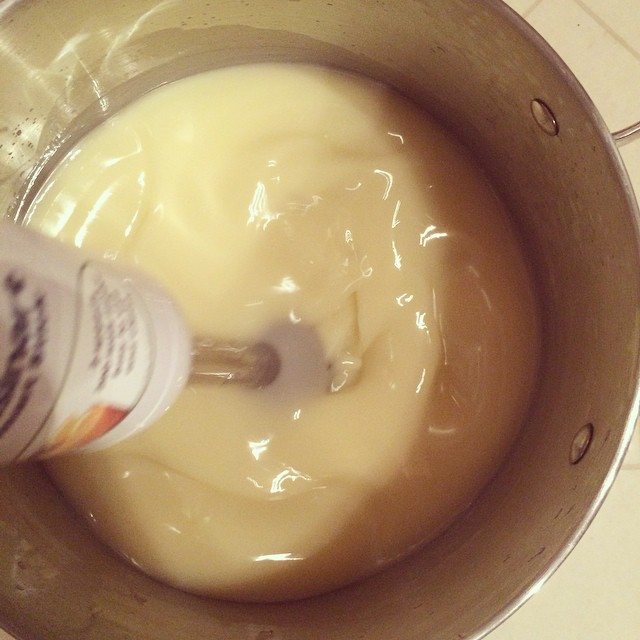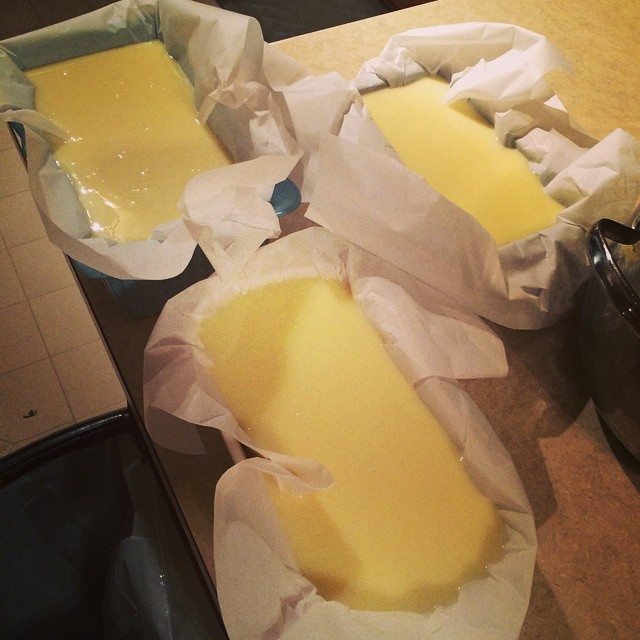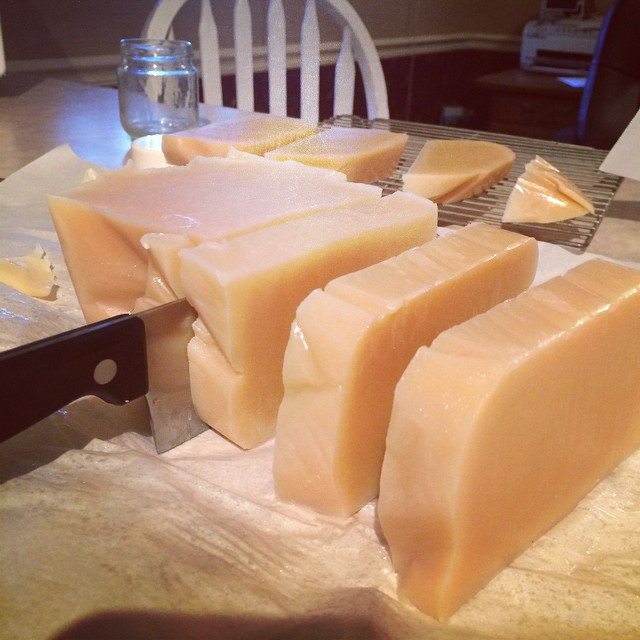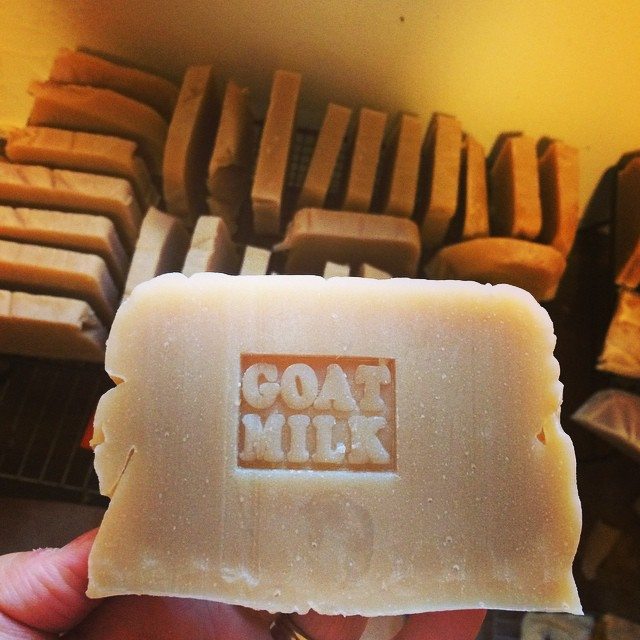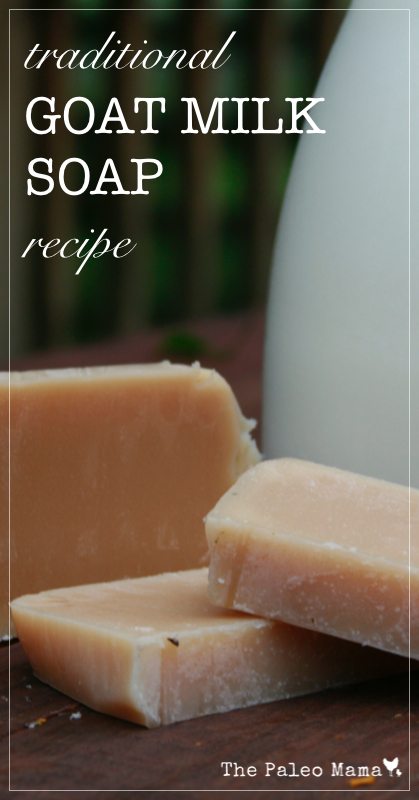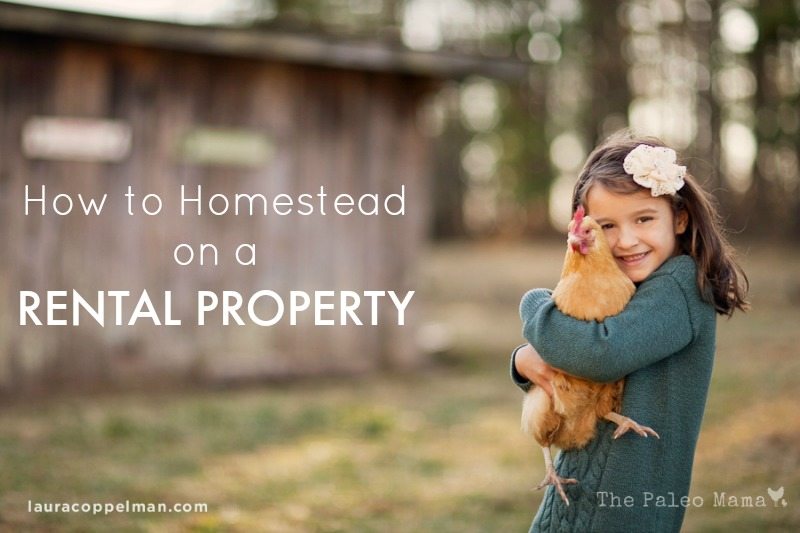
Laura Coppelman Photography took all these pictures for us! Aren’t they amazing?!
It’s been nearly 1.5 years since we ditched the city to start a farm! Many people don’t realize that we don’t actually own our home. We are renting and have been able to successfully tap into our farming dreams while we live here and save up to purchase our dream farm!
So far, we have had meat rabbits, meat chickens, egg layer chickens, and goats. In the next month we are getting Katahdin sheep! Oh, and we have a Great Pyrenees who is our “livestock guardian dog” and keeps on eye on all these animals for us.
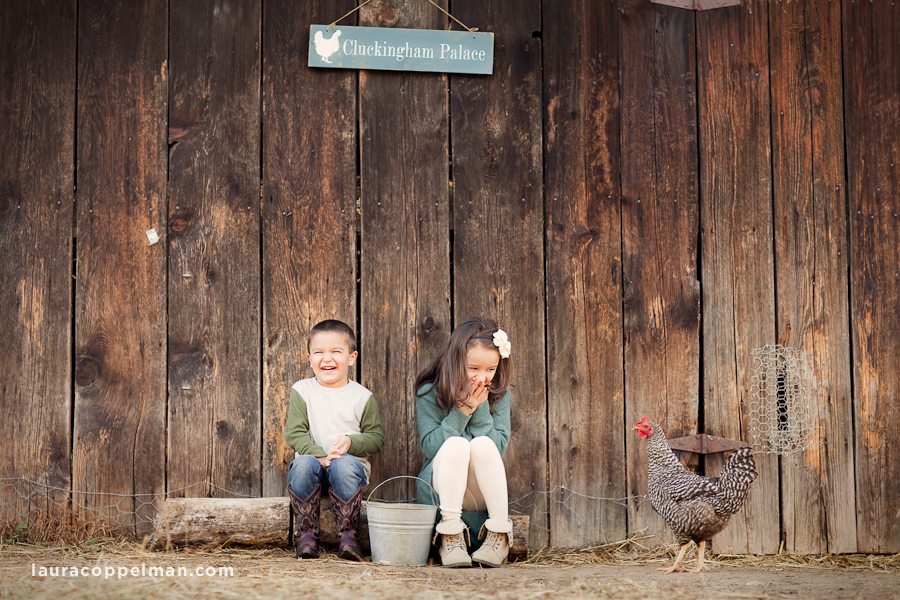
We live on 3 acres in our rental home. It has 2 acres that are fenced, a HUGE chicken coop, and a 3 stall barn! We just fenced a small paddock area that we are planning on keeping a future breeder buck for 5 Alpine does. We found this place on Craiglist and pay $1,250 a month for it!
So, my friends, as you can see, you can pursue your homesteading and farming dreams on a rental property! In fact, I highly, recommend it as I think it’s a great way to get your feet wet and get a better understanding on what actually goes into homesteading….cause, guess what, it ain’t aways that pretty!
How to Homestead on a Rental Property

Search Craigslist, Zillow, and Trulia
First step is finding a place that is going to let you do this. We spent hours upon hours searching these websites. We had a criteria that we searched and used keywords like “farm, barn, chicken coop, acres, etc“. We, also, made sure that we that we only searched homes that had over 1 acre. We wanted something with 5-10 acres but we settled on 3 acres. It’s enough to really get started!
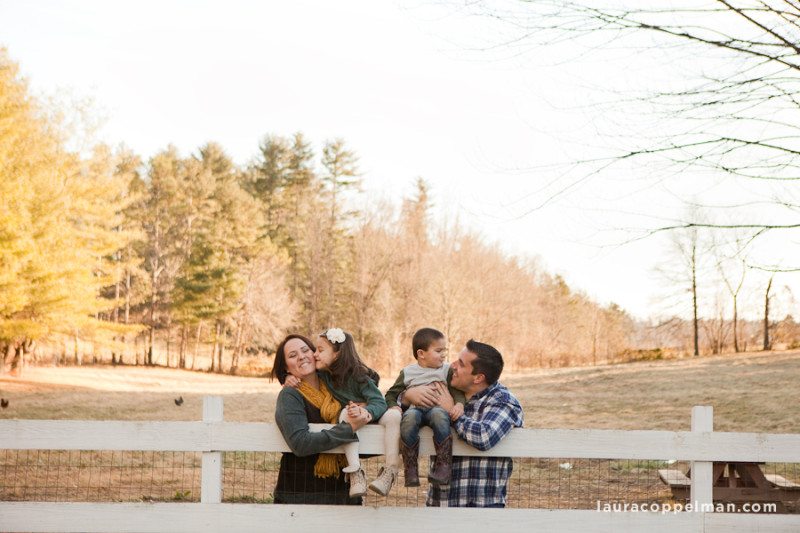
Check Local Animal Laws and Ordinances
Please, oh please, make sure you don’t move somewhere and hope to purchase livestock and then realize that you can’t have it in that area! Check, and then double check, that livestock, chickens, and goats are allowed at that address. Drive around the home and check out homes and neighbors. Do you see chickens? How about a pig? Even better!
Call the Home Owner and Tell Them Your Ambitions
This is super important. We disclosed immediately that we were wanting to have a small farm on the property. In our case, this was no issue since our rental property was previously used as a small farm. In the Craigslist ad that we found for our rental property, there were pictures of the red barn, the chicken coop, and the fenced pasture. So, I figured, they were okay with us using it the same way.
However, don’t assume from looking at the pictures, that farming is permitted. Make sure you ask about it!
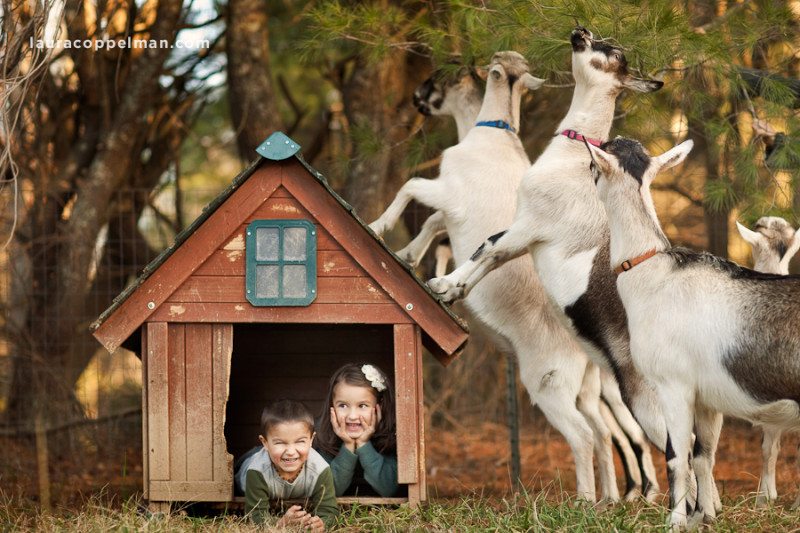
Start with Just a Few New Animals
We have 3 acres so we haven’t been able to do everything that we want to do. However, we are BUSY so this rental home has been perfect and kept us from making some stupid decisions….um, yes I almost purchased a Jersey cow. I can’t believe I nearly cheated on my dairy goats!
If you have more than 5 acres, then you, pretty much, have the land for any livestock, however, I recommend that you start slow.
For us, that mean with chickens and goats. We purchased our first chickens from a hatchery. We, quickly, thought that 15 chickens weren’t enough so we added 10 more. Chickens are such good pets! This year, we will be incubating more! Chickens, are so entertaining and addicting!
Next we got dairy goats (read my 1st experience milking them) and then start our journey into breeding meat rabbits. All of these animals take up smaller amounts of space and don’t tear up the property. As much as I LONG with all my heart for adding pigs — I just don’t know how our landlord would like that idea. They do tear up the grass and land, plus they require better fencing then what we have. Pigs are escape artists!
Make Temporary Improvements to the Homestead
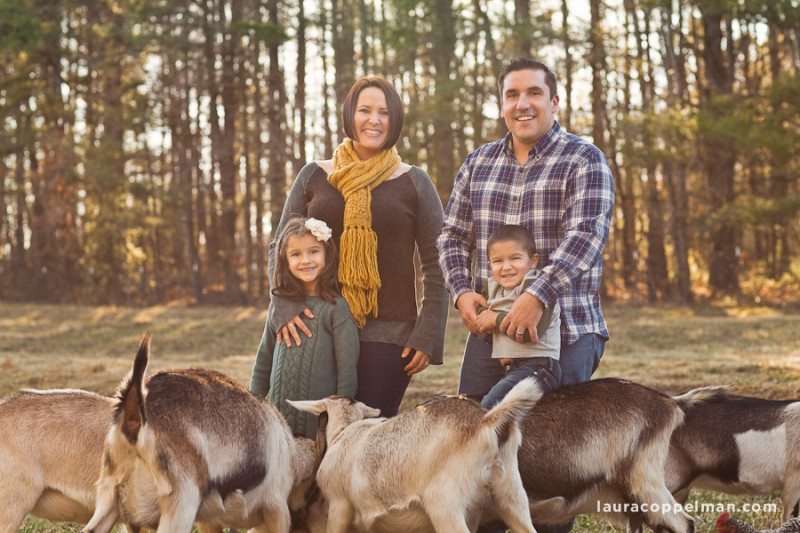
Consider making any fencing you do easily removable. Thankfully, our rental home already had a really good fence, but we put in a small paddock using chain link that we will remove when we move out.
We use pallets for EVERYTHING! They are free from our local furniture store and you can do so much with them.
Conclusion
See — you can homestead on a land that you don’t own! You might enjoy it more than owning your own home and farm…it’s nice to, simply, pick up the phone and call the landlord when we have any issues! We aren’t spending money on home repairs or home improvements…we are saving that money and putting it towards the purchase of our dream farm! We, also, refuse to get into debt again after paying off more than $50,000 of debt in just under a year, so everything we do is with cash!
We are so happy that made me this decision! I know you will be too!


